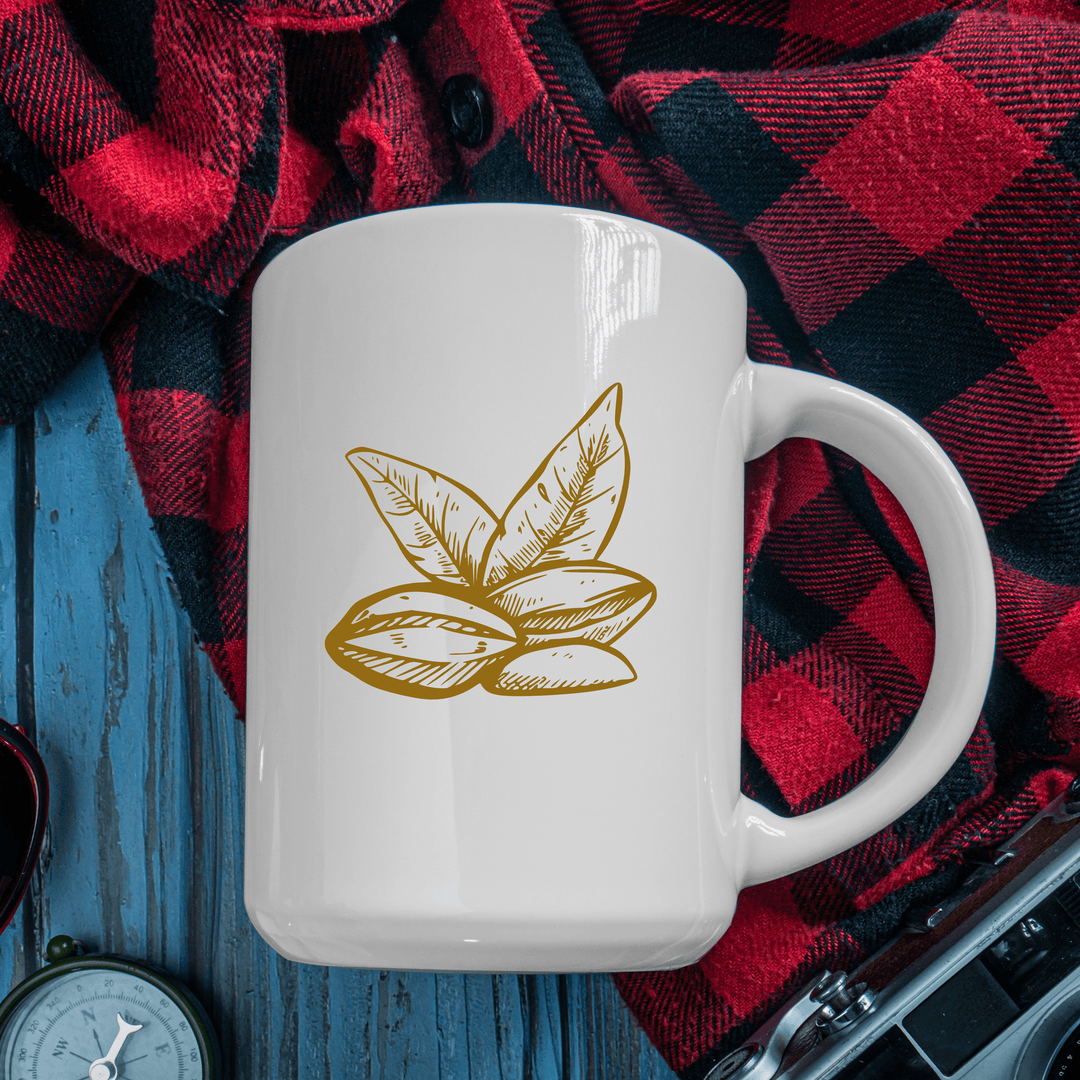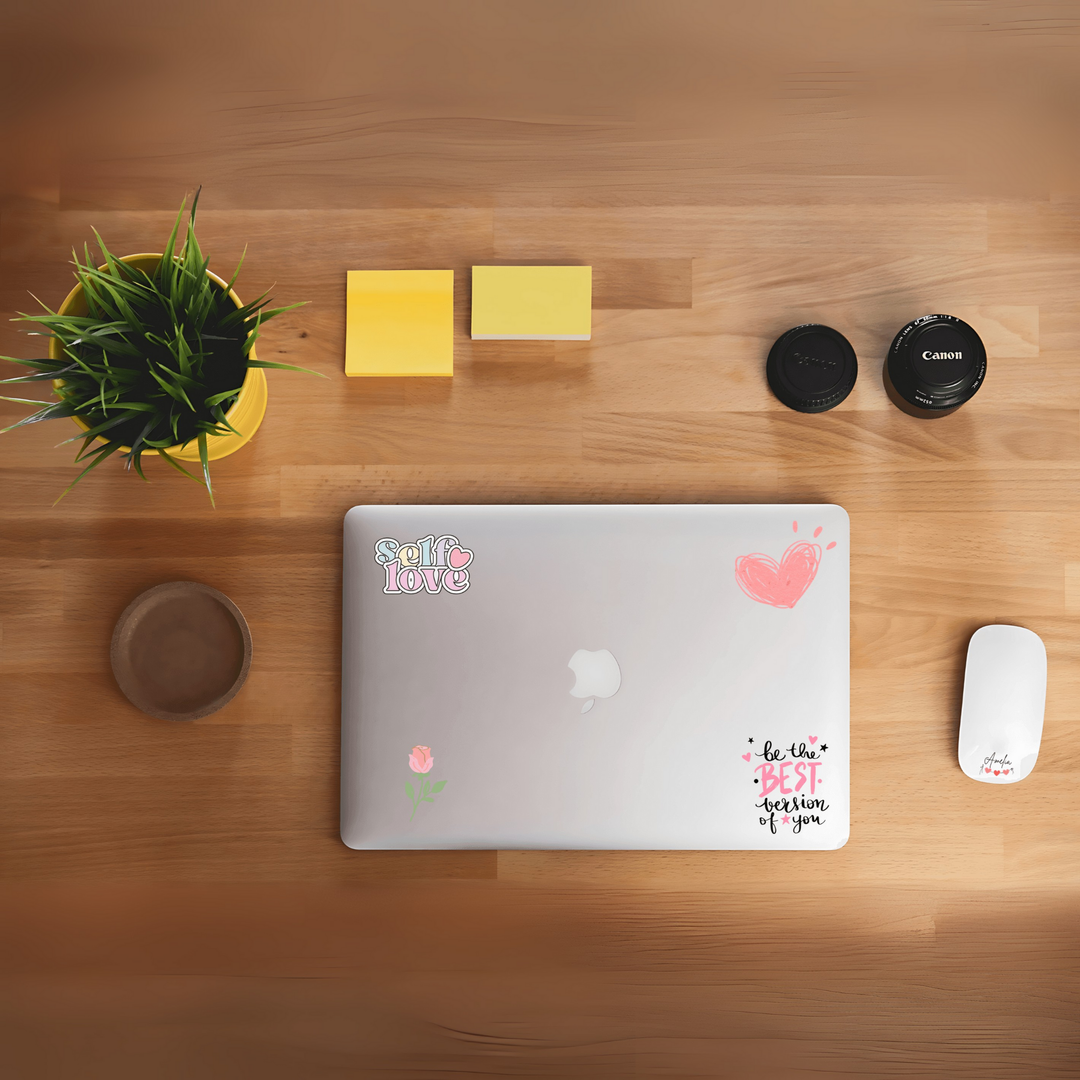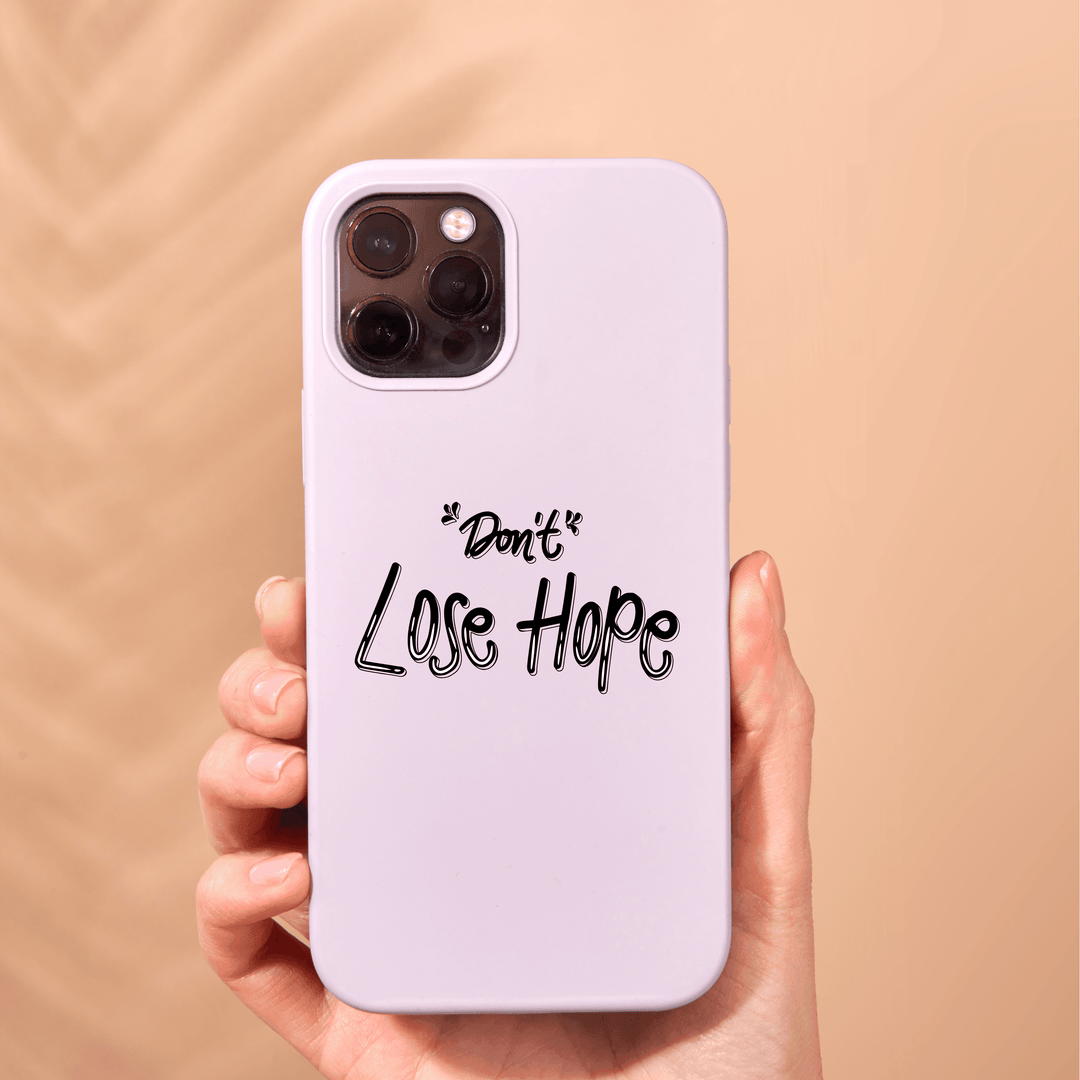Direct Film Transfer – High-Quality, Efficient Printing Solution
Discover the power of Direct Film Transfer, a cutting-edge printing method designed for crisp, vibrant, and durable prints on various materials. Perfect for businesses and creatives, this technology offers fast application and excellent adhesion without compromising quality.
Why Choose Direct Film Transfer?
-
Sharp and Vivid Prints: Achieve detailed, high-resolution images with rich colors.
-
Versatile Use: Ideal for fabrics, plastics, metals, and more.
-
Easy Application: Streamlines the transfer process, saving time and labor.
-
Durable Finish: Resistant to washing, scratching, and fading.
Features
-
Compatible with multiple printing surfaces
-
No heat press required for some applications
-
Quick drying and curing process
-
Cost-effective for small to large runs
How It Works
Direct Film Transfer involves printing your design directly onto a special film, which is then transferred to the target surface. This method ensures vibrant colors and precise details with minimal setup and waste.
What makes this printing method different from traditional fabric printing?
Unlike conventional approaches that often require pre-treatment or are limited by fabric types, this innovative process uses a special kind of film to carry the design before transferring it to the material. This allows for greater versatility in application and often results in more vivid colors and durable prints.
Can this technique be used on dark-colored garments or blended fabrics?
Absolutely. One of the standout advantages is its adaptability across various material types and colors. Whether you're working with dark cotton, light polyester, or fabric blends, the results remain consistent and high-quality. It also eliminates the need for multiple adjustments based on color or texture.
Is this process suitable for small business owners or custom orders?
Yes, it’s especially beneficial for startups or individuals offering custom merchandise. The setup requires minimal equipment, and the ease of switching designs makes it ideal for short runs and personalized orders. It saves time, reduces waste, and allows creators to offer fast turnarounds with professional results.
How does this printing approach affect the longevity of the design after multiple washes?
One of the most appreciated features of this printing process is the durability it offers. The design adheres strongly to the fabric, making it resistant to peeling or fading, even after several laundry cycles. Proper heat application during the final transfer stage ensures a long-lasting and professional finish.
Are there any limitations when it comes to artwork complexity or detail?
This method excels in reproducing intricate and detailed visuals. Whether you're working with fine lines, gradients, or full-color images, the results are crisp and accurate. It provides an excellent solution for designs that would be difficult to achieve with older printing technologies.
What kind of equipment is required to get started with this technique?
Getting started doesn’t require a huge investment. You'll need a compatible printer, heat press machine, a specific type of transfer film, and powder adhesive. Once these are in place, the process is streamlined and doesn't require a large production facility, making it ideal for creative professionals or small businesses.
Is this method environmentally friendly compared to older printing techniques?
In many ways, yes. This technique reduces excess waste since there's no need for water during the printing process, unlike traditional dye or screen methods. It also eliminates the overproduction of unused garments, as designs can be printed on demand. Additionally, newer formulations of ink and adhesive powder are being developed with eco-conscious ingredients.
How does this process perform on stretchy or performance fabrics?
It's surprisingly effective on materials with elasticity, such as spandex blends or athletic wear. The transferred design maintains its integrity even when the fabric stretches or moves, making it a reliable option for activewear. Proper curing and pressing are key to ensuring flexibility without cracking or distortion.






